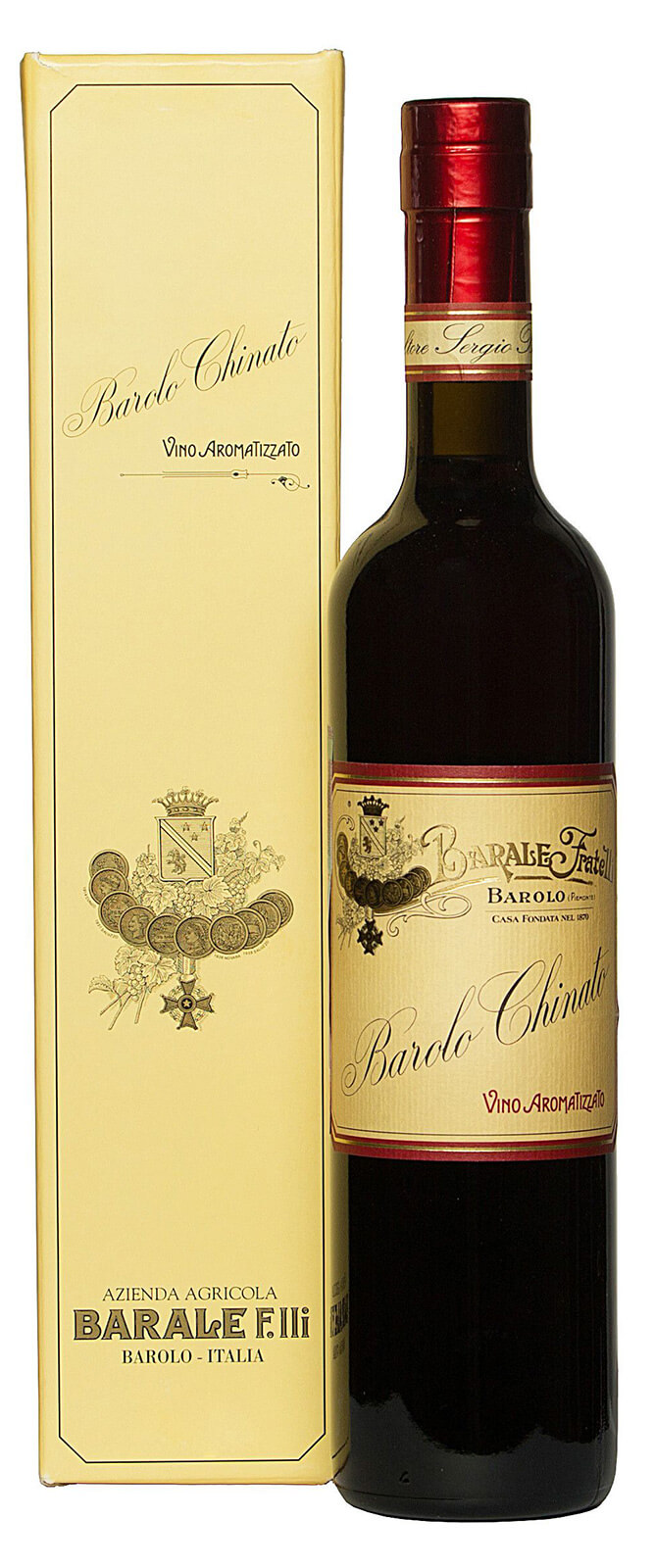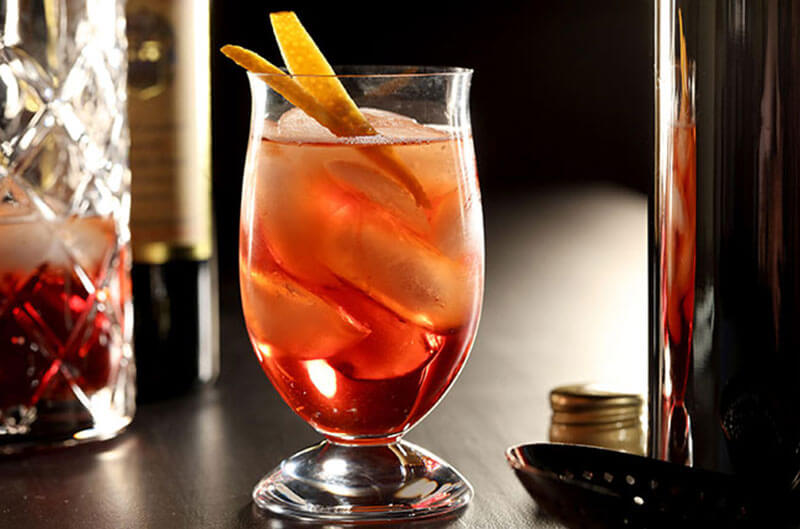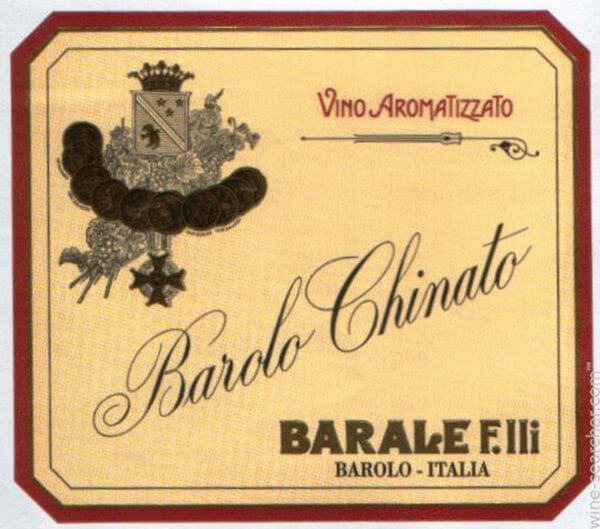by Ken Gargett
The great red wines of Barolo in the Piedmont region of Italy are justifiably seen as some of the finest made anywhere on the planet. It wasn’t always so.
Twenty to thirty years ago Barolo wines were more curiosities for the wine obsessed, some of whom appreciated what they offered. Not everyone, though.
Often they were dull and/or faulty, they spent too long in sub-standard oak, were from a little known and less understood variety – Nebbiolo – and were seen as wines that needed long ageing, which was not always beneficial. Plenty of exceptions, of course, and among them some real gems.
Over time, the globalization of wine brought these to the attention of wine lovers everywhere. Some winemakers persisted with the traditional methods, while others adopted much more international techniques. Others mixed the two. Improvements in viticulture and winemaking, especially in cleaning up various aspects, also assisted.
Today, Barolo from producers like Domenico Clerico, Ceretto, Massolino, Aldo Conterno (a personal favorite), Giacomo Conterno (whose Monfortino is now legendary), Vietti, Gaja, Bruno Giacosa (technically located in neighboring Barbaresco, which also focuses on the Nebbiolo grape, though making some stunning Barolo), Mascarello, Elio Altare, Grasso, Mascarello, Pio Cesare, Sordo, and Voerzio are riveting wines, deserving of a place in any cellar or on any wine list.
And this is hardly a comprehensive accounting of the top producers from Barolo. There are many others.

Barale Fratelli Barolo Chinato
Also from this region is the far less well-known Barolo Chinato. Indeed, it is not even mentioned by a number of the world’s best wine texts, even when these are focused on Piedmont.
What is Barolo Chinato?
Barolo Chinato is basically a spiced wine made from a base of Barolo. Indeed, more than a usual spiced wine (and please, this is in no way to be compared with sangria or mulled wine or any of those other abominations – yes, I know they have legions of fans, but I am not one of them).
Herbs and even bark can be included. Barolo Chinato is unique, though often closely aligned with vermouth.
It can be consumed as a digestif or simply an after-dinner drink and is a variation on fortified wines like port. Traditionally, it is considered an ideal match for chocolate – usually something very difficult to match well.
I paired it with a really good cigar. This also worked very well, but in fairness I think that there are better drinks to match with a good cigar and better things to match with Barolo Chinato.
An alternative is to add ice and/or soda and turn it into an aperitif. It can be used in a Negroni, and it is also, apparently, a Christmas favorite. Understandably so.
As mentioned, the base is Barolo and, technically, only Barolo DOCG can be used, ensuring that we start from a very high bar.

Negroni Barolo Chinato (photo courtesy Tribune Content Agency LLC / Alamy)
Barolo Chinato was first made back in the nineteenth century – 1891 according to some reports, while others suggest it has been with us for more than 1,000 years – it was used more for medical purposes than for pure enjoyment. One suspects that the 1891 version is something developed based on past drinks, but in the form we know today.
The name comes from the Italian word china, which means “quinine” and “quinine bark” (from the China Calissaja tree), a crucial ingredient. Up to 21 herbs and spices may be included (that number is according to one source, though if that is actually set in stone I could not find anywhere).
Among the ingredients we find orange peel, cloves, rhubarb roots, gentian, fennel, chamomile, cardamom seeds, star anise, coriander, nutmeg, and vanilla. Preparation of these various herbs and spices is in different concentrations of alcohol and stored in dark glass pots until needed.
The wine and additions are macerated for around two months at ambient temperature. Sugar is added and then fortification takes the alcohol level up to 16 or 17 percent. The wine is then aged in oak barrels, the size seems to depend on the winery and ranges from small (225 liters) to at least 700 liters for around 12 months, though sometimes a lesser period.
Tasting Barale Fratelli Barolo Chinato
My recent experience with Barolo Chinato was with Barale Fratelli (most producers dabble in small quantities – Cappellano and Cocchi are two of the other well-known makers), a respected Barolo producer for around 150 years.
Needless to say, each producer has its own recipe, usually a well-kept secret. The wine used by Barale Fratelli is Barolo DOCG from the very highly regarded subregion of Castellero. The wine will have been aged for at least 10 years before it is made into Chinato – interesting, as one would imagine that the economically sound decision would be to make it into the standard Barolo Castellero and sell it sooner for more than is possible as Chinato.

Barale Fratelli Barolo Chinato
But then wine makers rarely do the economically sound thing, for which we are all very grateful. The base of mine was from the 2007 vintage.
I loved it and look forward to trying more in future. It has a pleasing savory/sweetness or, more particularly, a bitter/sweetness, if that makes sense. Sweetness from the sugar and various additions; bitterness from the China Calissaja.
And yet it seems balanced.
There was a lovely cinnamon note and something akin to chicory. Coffee bean, cherries, red berries, and chocolate notes as well. Excellent length. Not just fun to drink, but delicious and complex.
Locally, a 500 ml bottle is around $80 and the 700 ml about $90.
Rare the Barolo Chinato might be, but it is definitely worth the search.
For more information, please visit www.baralefratelli.it.
You may also enjoy:
Port Vintage 2016: One Of The Most Declared Vintages Of All Time, A Sensational Year
Domaine Dujac: Red-Hot Burgundy Wines (With Tasting Notes)
Clos De Tart And Clos Des Lambrays: The Glory Of A Great Burgundy Is The Pinnacle Of Wine





















































Leave a Reply
Want to join the discussion?Feel free to contribute!